Trivia question for Feb-27-2011

They have been completely wiped out in certain parts of their natural habitat due to the high demand for their fur. Their lifespan is a mere 6-years and they typically have between 3 to 7 young each year starting at the age of around 9-months.
Trivia question for Feb-26-2011
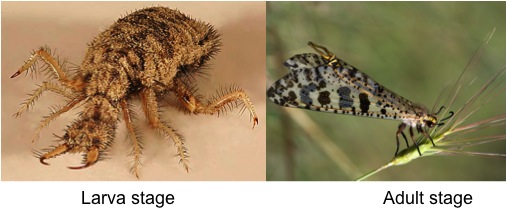
These insects spend over 3 years as a fierce predator before spinning itself into a cocoon, to later develop into a winged adult.
Trivia question for Feb-25-2011
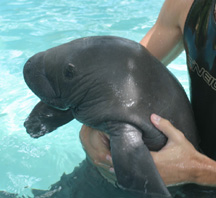
These guys have a high casuality rate due to thermal shock from cold temperatures. During cold weather many die due to their digestive tract shutting down at water temperatures below 68 degrees Fahrenheit.
Trivia question for Feb-24-2011

They live in colonies and dig burrows into the silty soil of the grasslands in South Africa. There name comes from their habit of sitting at the burrow entrance and facing the sun.
Trivia question for Feb-23-2011
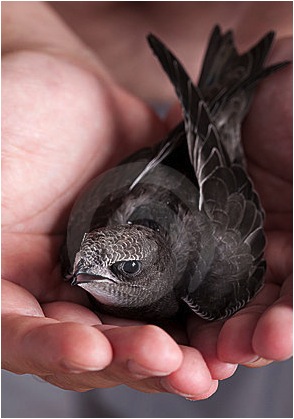
These guys have supposedly been clocked soaring at speeds up to 199-MPH but that was an unconfirmed reading. The average speed is around 25-MPH during migrations and 14-MPH during feeding.
Trivia question for Feb-22-2011

These guys are listed as endangered and accidental capture in commercial shrimp nets kills an estimated 50,000 of these guys each year. In 1989, the US passed a law requiring shrimpers to use special nets which have a metal gate at the end which allows these guys to escape.
Trivia question for Feb-21-2011
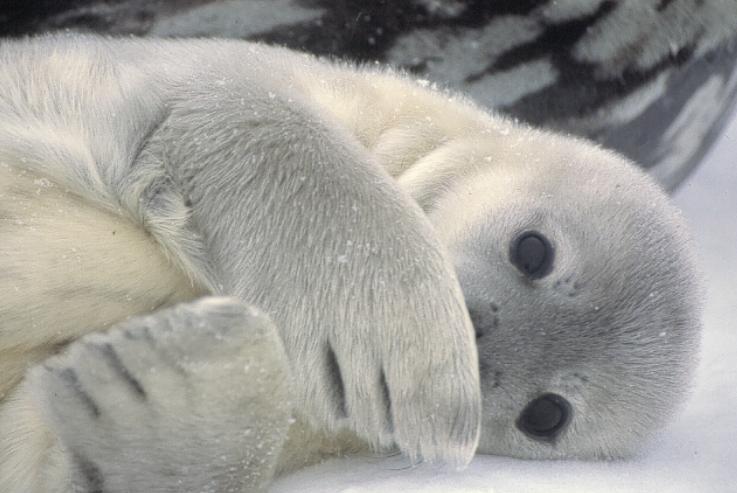
These seals gather in small groups around cracks and holes in the ice. This animal can also be found in large groups on ice attached to the continent and can be easily approached by humans.
Trivia question for Feb-20-2011
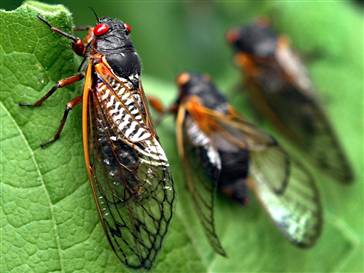
Because of their size, these guys are often eaten by humans and are even considered a delicacy in China, Malaysia, Burma, Latin America, Germany, the Congo and in the United States.
Trivia question for Feb-19-2011
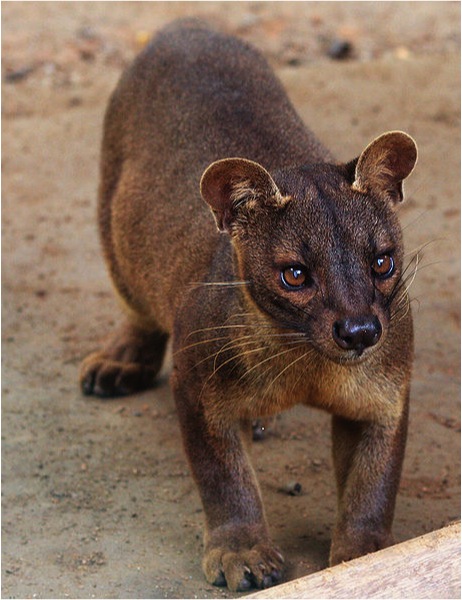
Over 50% of its diet consists of one type of primate and the rest of its diet comes from endemic primates found on the island, tenrecs, rodents, lizards, birds, and other animals. Litters range from one to six pups, which are born blind and toothless.
Trivia question for Feb-18-2011
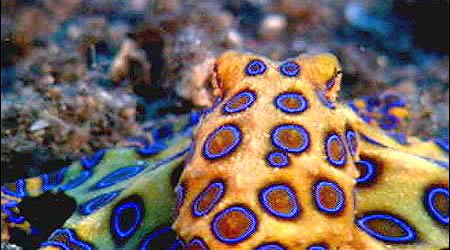
The octopus produces venom that contains toxins. These toxins blocks sodium channels, causing motor paralysis and respiratory arrest within minutes of exposure, leading to cardiac arrest due to a lack of oxygen.
Plastic bag killed Beaked Whale
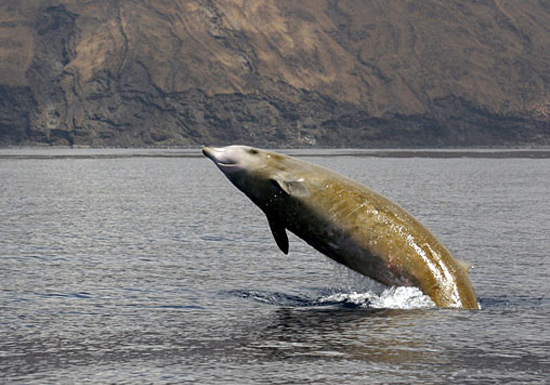
Cetaceans and other marine life regularly mistake plastic bags for jellyfish as the ocean current sometimes forces bags to open and close, mimicking the way a jellyfish swims, whales like Temata will immediately swallow them. Sadly, it’s too late for this whale but hopefully other whales around the Cook Islands will be saved from such an horrendous death – pollution kills.
Trivia question for Feb-17-2011
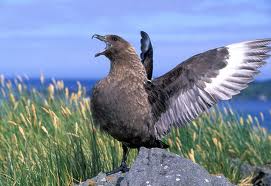
This bird is recognized as the world’s most southerly bird: sightings have occurred even at the South Pole. At sea, these birds may chase smaller seabirds to force them to regurgitate or drop their prey. Some scientists believe decreases in their populations on some islands may be due to declines in burrowing petrel numbers (a key prey species) from predation by introduced cats.
Trivia question for Feb-16-2011
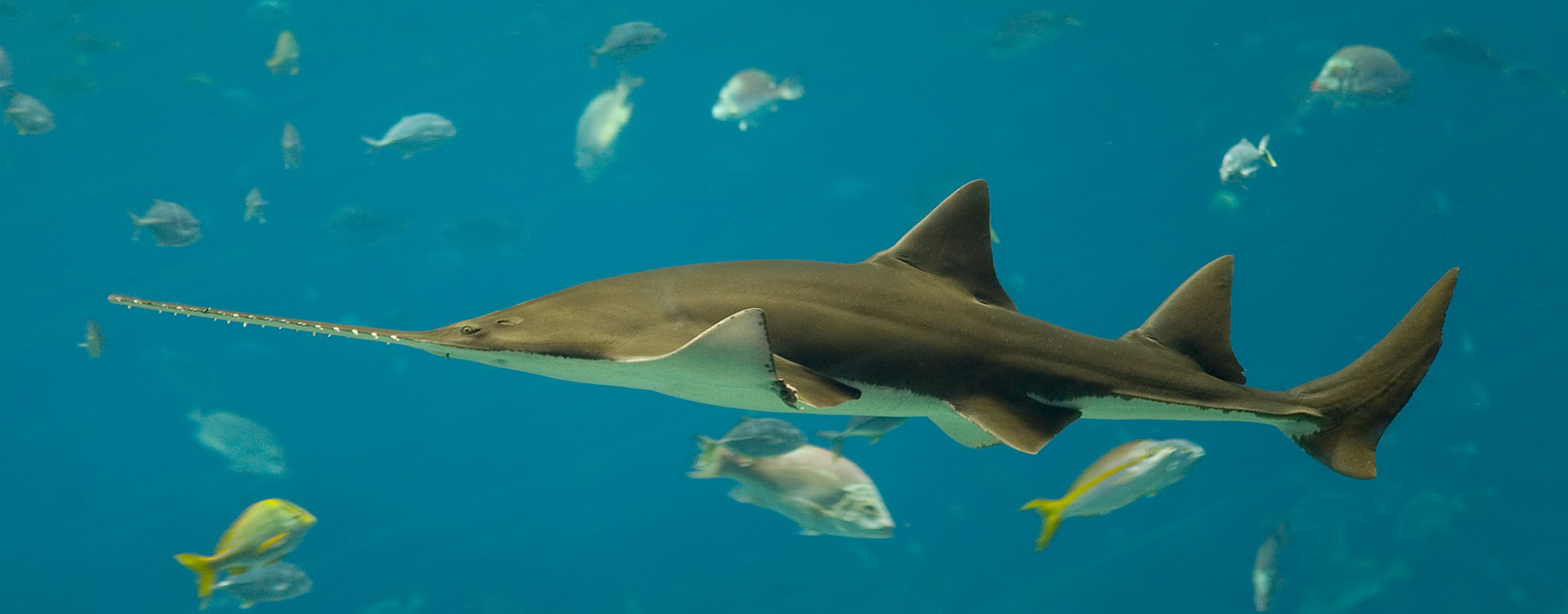
All species of sawfish are considered critically endangered. Sawfish are nocturnal, usually sleeping during the day, hunting at night. Despite fearsome appearances, they are gentle fishes and will not attack humans unless provoked or surprised.
Trivia question for Feb-15-2011

Ravens, gila monsters, kit foxes, badgers, roadrunners, coyotes, and fire ants are all natural predators of these guys. To add to their daily troubles, like many reptiles these guys are known to become infected by a wide range of pathogens, which includes viruses, bacteria, fungi and parasites.
Trivia question for Feb-14-2011

Did you know that in 2009, satellite images of areas of excrement-stained ice that are large enough to be visible from space helped scientists to discover ten previously unknown emperor penguin colonies in Antarctica?

